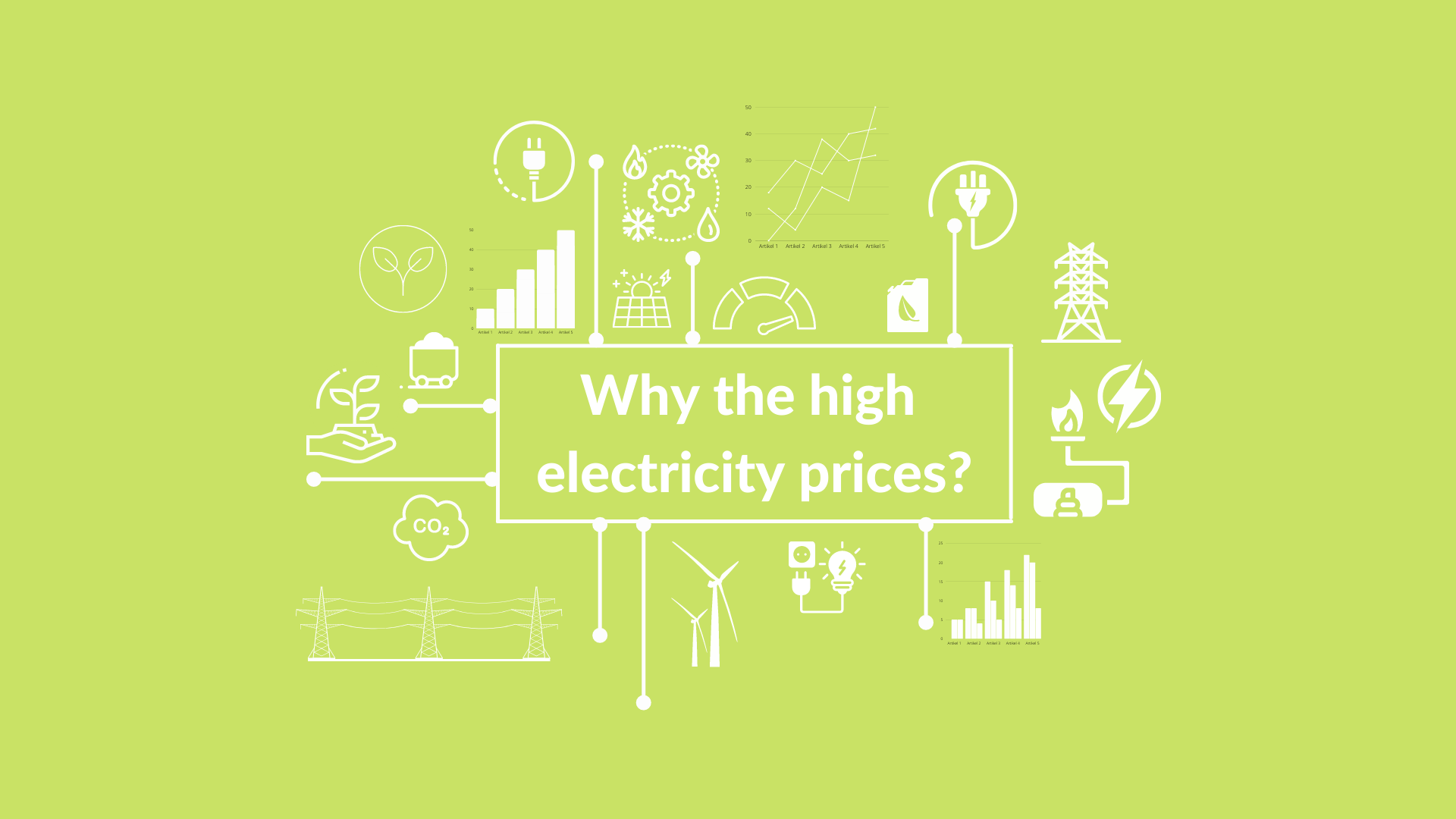What happened to the electricity price? Many eyebrows have been raised for an extended period when electricity prices have reached significantly higher price levels than expected. But why has the cost of electricity risen?
The price of electricity is affected by many different factors. Supply and demand is something that often comes up when we talk about electricity shortages or capacity. Events here at home in Sweden but also in Europe are also contributing factors to increased electricity prices. Myrspoven has currently listed four out of many aspects that influence electricity prices today.
There is less wind in Europe, which has led to a reduction in production from wind power.
Less and less wind both at sea and inland has resulted in lower electricity production from wind turbines. Less output from the renewable electricity source wind power has, in turn, resulted in the gap in demand that now has to be covered by other forms of electricity production. Sweden has come a long way with implementing renewable energy sources, unlike many countries in Europe that rely mainly on fossil fuels. For example, significant electricity production and supply players are more expensive in Europe, raising the Swedish electricity prices. We will learn more about gas and coal in the following paragraph.
A slightly unexpected increase in renewable and fossil fuel prices
Natural gas: For a few years, producing electricity with natural gas (Biogas) has increased and become a large part of the sustainable energy supply. However, the electricity from natural gas showed a tendency to rise in price due to increased demand. As a result, this has meant that non-renewable and carbon-based electricity production has also become more profitable since it trumps the prices of Biogas.
Coal: The demand for electricity production has increased for coal-based electricity. At the same time, the once-profitable coal price was forced up by need. In other words, this has means that coal-based electricity production has become more profitable, and as a result, coal prices have risen simultaneously.
Gas and coal are two leading sources of power for electricity production, and this should be added, mainly in Europe. In any case, the price of electricity from these two sources is higher. Suppose they are put alongside produced electricity from, for example, hydropower and nuclear power. We have unparalleled access to water, wind, and nuclear power in the Nordic region in standard cases. However, in the decommissioning of nuclear energy and a reduced electricity supply, we are in a position with a reduced supply. Because of this, we receive electricity imported from Europe, which generates energy from more expensive power sources. For this reason, Sweden is affected by rising fuel prices.
Drought and reduced precipitation have resulted in a reduced water reservoir in the Nordic region.
Hydropower and its fuel, the water reservoir, is an asset that means a lot to Swedish electricity prices. It may not have been a rain-free summer and autumn, but this summer has been dry compared to a few years ago. The climate has a significant impact on our water reservoirs, which this year are suffering from deficits. Hydropower in Sweden and the Nordic countries lack capacity and cannot produce enough electricity to match the demand.
Believe it or not, capacity shortages and limitations also exist in the Swedish transmission system operator (TSO) – i.e., where our electricity is transported.
Back in time, it is possible to see how differences in electricity prices have only been affected during periods of high or low demand. That is, either during the winter or when the snow melted and the spring flood flowed down. The electricity price was the same regardless of whether you lived in a northern electricity region or Southern. Today, it is possible to summarize Sweden into four electricity regions. On the other hand, what we have been able to see in recent years is that a more considerable price difference has arisen even during periods that have not previously been affected. Reasons for this are that the power plants in the North, which often come from renewable power sources, remain while power plants (nuclear power plants) in Southern Sweden have been decommissioned. In correlation with Svenska kraftnät, limiting the possibility of transporting electricity from, for example, high electricity regions in the North to the Southern electricity regions has caused a contest for capacity. Today, longer transports of electricity to different Swedish electricity regions and neighboring countries are required. Demand forces the transmission system operator to send electricity over longer distances when the capacity is not in the immediate area. Thus, we find that transporting electricity from regions with high access to those with less is increasingly changing in price. Often this phenomenon originates in the capacity shortage of the Swedish transmission system operator. And, of course, the downsizing of nuclear power plants in the southern part of Sweden.



